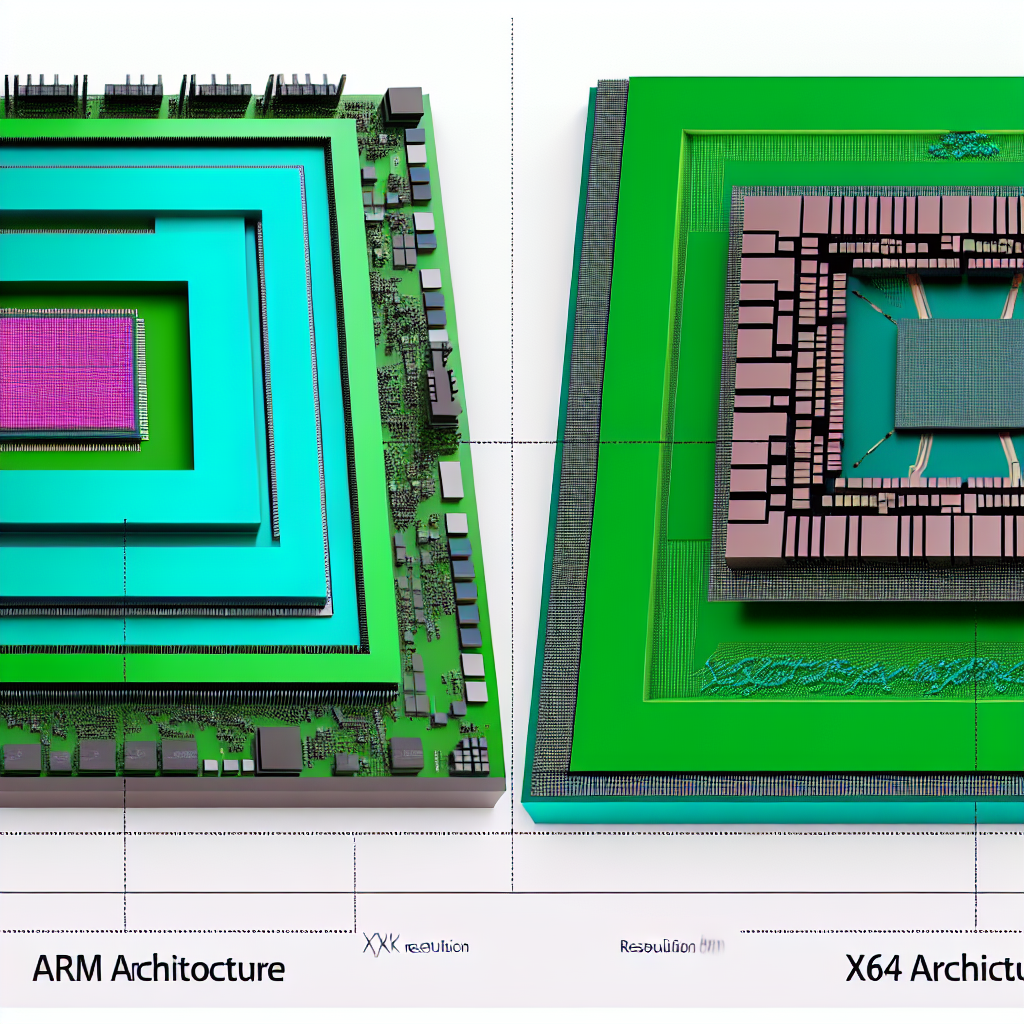ARM vs x64 Architecture: A Comprehensive Comparison for 2024
Wondering whether ARM or x64 is right for your next project or device? Discover the vital differences between these two dominant CPU architectures—ARM (ARM64) and x64 (x86-64)—used in everything from smartphones to servers.
Key Architectural Differences: Performance, Efficiency & Compatibility
ARM processors are built on a RISC (Reduced Instruction Set Computing) approach—focused on efficiency and low power use. That's why they're dominant in mobile, IoT, and embedded systems. x64 CPUs, meanwhile, use a CISC (Complex Instruction Set Computing) design, powering desktops, laptops, and servers with high performance and wide software compatibility. ARM's advantage is battery life and heat management. x64 shines in raw performance and legacy application support.
Choosing Between ARM and x64: Use Cases & Future Trends
ARM chips are transforming laptops and even servers, thanks to Apple's M1/2 and growing OS support. x64 remains crucial for demanding tasks like video editing and enterprise databases. As ARM performance rises and energy concerns grow, expect even more ARM-powered devices in desktops, the data center, and beyond. Still unsure? If you need efficiency, battery life, or cost savings, go ARM. For legacy software or max performance, choose x64.
Want help picking the best CPU architecture for your next device or deployment? Contact our experts today!
